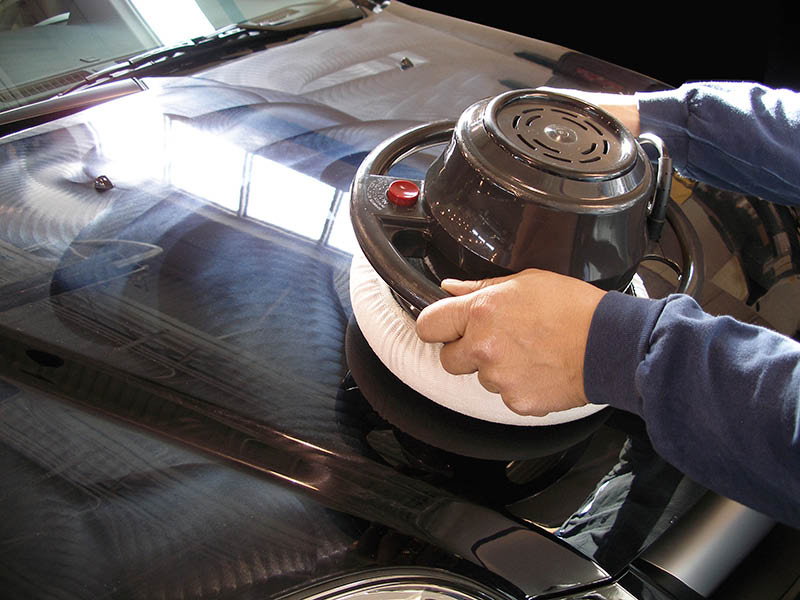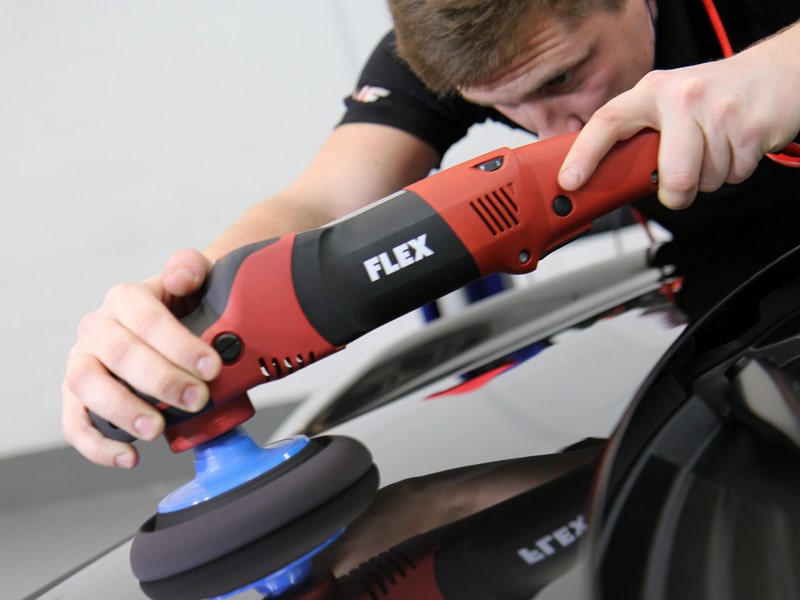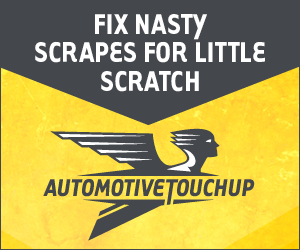Spring is coming, and it is a good time to refresh the body of your own vehicle. During the winter (even if it was mild), dirt and micro-damage has accumulated on the shell. But you can’t remove them at the car wash. To effectively clean the car, it may be necessary to polish the paint. How to do it properly?
You can do the polishing of the car yourself or have it done by specialists. The cost of such a service depends of course on its scope and size of the car. The more advanced technology, the more expensive. Sometimes you can try to do the polishing of the car yourself. This is a good way to save money. Don’t forget a few rules!
What to polish the car with? Cosmetics and accessories
For self-polishing you can use the machine or make it manually. Remember, however, that machine polishing can damage the paint. If you have never done so, test the effects on a small external component or focus on manual cleaning.
You must start polishing the paint by choosing the right preparations and accessories. These must include a cloth or sponge for polishing. The latter can be either hand polished or put on the machine. Select its hardness according to your skills (do not use too thick materials at the beginning, as you may permanently damage the paintwork) and the condition of the paint.
A sponge will need polish to polish your car. There are many types of this product on the market. Select the paste to the paint of your car (other parameters require mats, and other metallic ones). If you are also planning to polish headlights or windows, you will need separate preparations for these particular elements.
Remember also about agents for effective car washing and wax, which after the whole process will protect the paint from degradation, as well as refresh the colour of the paint and shine it.

Polishing the paint step by step
Polishing the car is not a difficult task, but definitely time-consuming. To get good results, you need to spend a few hours on it. Do the polishing in a covered place, free from sunlight and precipitation.
Wash the car thoroughly at the beginning. Sand and microstones must be removed before polishing. If such particles enter the sponge, you will scratch the whole paint. Use microfibre for cleaning. After washing, dry the car with delicate fabrics. Then you can start polishing.
Apply the paste on a small part of the paint. There can’t be too much of it! Spread it evenly over the polished surface. Then rub it against the paint with a sponge in vigorous and circular movements. You have to put a lot of force into it, but also feelings. In the case of a polishing machine, first mat the coating with so-called water-based paper and then apply polishing paste, which will bring back its shine.
Once you have polished the whole car, apply wax. This should be applied just like the paste. Once you have done all the work, the car will regain its original shine and will look amazing!
How to polish the lamps and windows in the car?
By polishing, you can remove scratches and give a new shine to individual car components. This will not only allow you to regenerate the paint. More and more often there are products on the market designed to polish windows and headlights. In the case of windscreens, prior experience with the polisher is essential. An inexperienced user can make considerable losses!
Headlights polishing is much easier. Apart from the visual effect, this activity will have a positive impact on your safety and other road users. Well cleaned headlights generate up to 50% more light than dull and old shades.
How to get down to polishing the lamps? First, remove the entire headlights. Then carefully and gently dismantle the lamp so that you have access to the lamp shade and lens from all sides. Clean and degrease the polished surface. Rub the paste on each part of the lamp with strong movements. Repeat the movements until you are satisfied. Then clean the reflectors and mount them.
Self-polishing the car. Remember what?
Finally, here are a few tips to make the final polishing effect even better!
- Avoid fast movements – careful and slow polishing is the key to success.
- Use an additional light source to check if all scratches have been removed. An ordinary halogen lamp will do well.
- If you are using an electric polisher, it is essential to control the temperature of the body. If you find that you are overheating after touching the paint with your hand, move to another area.
- Do polishing occasionally – polishing your car too often can lead to excessive paint abrasion.





